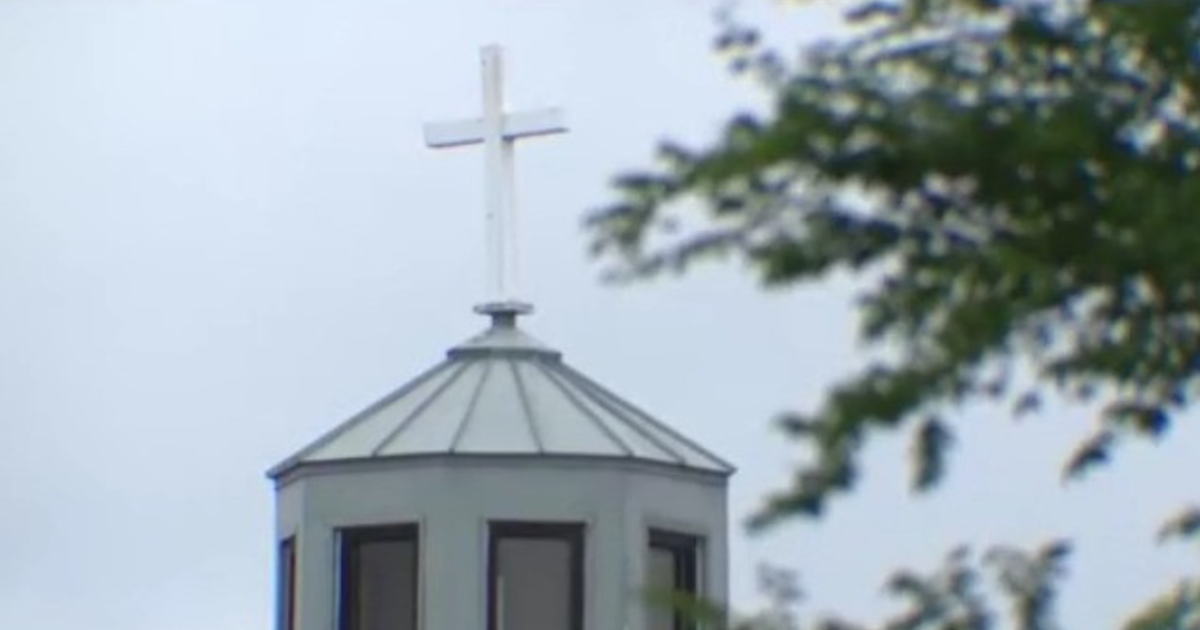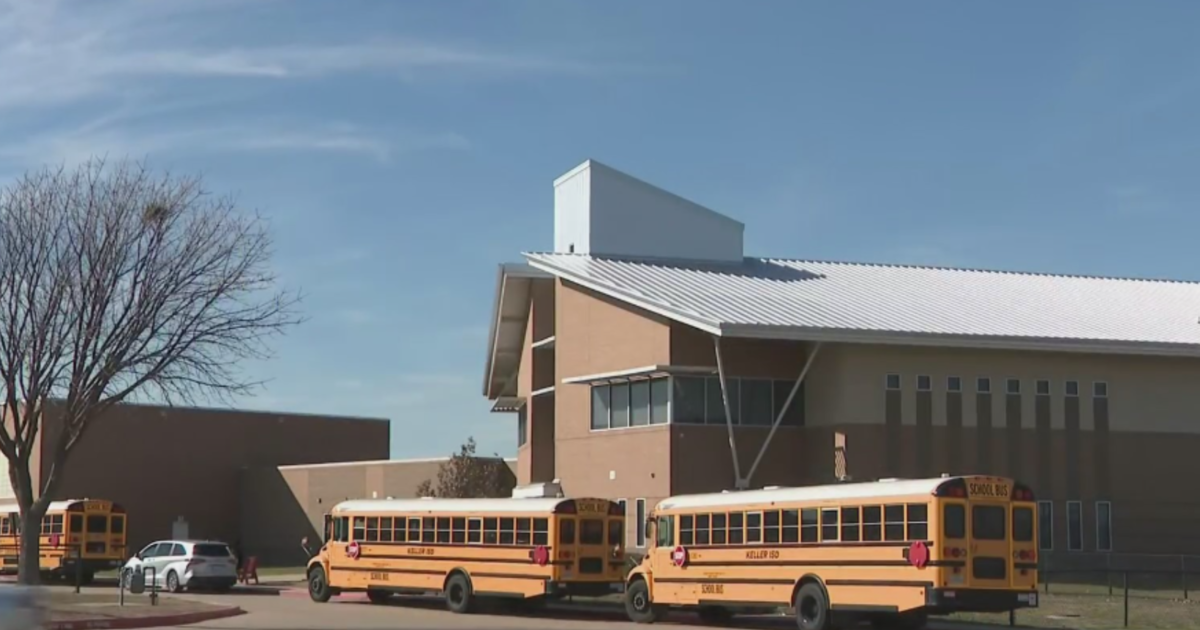Former Skydiving School Owner Denies Blame In 2014 Accident
*Listen to the full interview of KRLD's L.P. Phillips with Robert Swainson
Follow KRLD: Facebook | Twitter
DALLAS (1080 KRLD) - The former owner of the Pegasus Air Sports Center of Chickasha, Oklahoma, has denied responsibility for the January 2014 near-fatal parachuting accident involving a Joshua teenager.
Makenzie Wethington was 16-years-old when she attempted a solo jump, a birthday present from her parents. Her parachute cords became entangled, sending her into a high-speed spiral for 3,500 feet. Wethington survived but suffered broken bones and a spleen injury.
"I'm not responsible and I don't have the assets anyway," he said.
To the contrary, he put the blame on Wethington and her family, brushing aside claims that Wethington was too young to jump solo on her first skydiving venture.
"She's 16," mother Holly Wethington said in 2014. "She was jumping out of an airplane for the first time at 3,500 feet."
Oklahoma law allows 16 and 17-year-olds to take skydiving class if they have their parent's consent. Court documents show Makenzie Wethington signed a document that reflected a check mark in a box called "First Jump Student." There is a separate box for a tandem jump that was unchecked. A separate document, called "agreement, the release of liability and acknowledgment of risk" is signed and notarized by mother Holly. The document reflects an acknowledgment of 10 different risks of injury or death. Each is initialed by Makenzie's mother.
The record is in contrast to family statements that the jump was supposed to be a tandem jump. In a tandem jump, the student and instructor are cinched together in a single parachute harness. Swainson says he never made any such claim.
"I mentioned at that time there was no tandem jumping taking place," he said. "It was strictly static line, which is strictly a solo course. That is on my website."
The release of liability seemed to doom the part of the lawsuit that Wethington's parents brought against Swainson.
"They lost their claim because they signed a release before they did the event," said Wethington family attorney Robert Haslam. "The judge found, under Oklahoma law, if you sign a release you cannot then sue for negligence or damages in this kind of case."
Last week, Federal Judge Timothy D. DeGiusti signed a $760,000 judgment against Swainson. The award is for pain and suffering by Makenzie Wethington. But Swainson says they won't collect a dime.
"Miss Weatherington (sic) is never going to get anything from me," he said. "I don't feel I was responsible. I think she messed up. Her parents messed up because they allowed her to jump when she may not have been mentally or physically suited to it. I feel they knew her better than I do. I only knew when I saw her on the day."
Swainson, who lives in the United Kingdom, says he doesn't have the money anyhow, claiming he is retired and living on $1,000 USD a month.
He says there was no liability insurance because no company underwrites skydiving schools. But he also puts blame on the Wethingtons for failure to have health insurance. Indeed the court documents show Makenzie Wethington was not covered by health insurance. It's a fact family attorney Haslam acknowledges. Indeed Haslam says the medical bills, estimated between $100,000 and $140,000, will probably be written off by the doctors and hospitals who treated Wethington.
"They were just jumping on trust," said Swainson. "It would seem to me a sensible person would say 'Wow. This is a dangerous activity. Maybe I should have medical insurance in case I hurt myself.' "
As for what happened that day, Swainson thinks Wethington's parachute cords developed a line twist. Swainson says Wethington was one of six jumpers in the plane. She was set to go last. Each person had undergone about six hours of training and preparation that included practice jumps out of a mock plane on the ground.
Both Wethington, who conducted a news conference a month after the accident, and Swainson said jumper #5 developed a panic attack and did not want to jump. Swainson says he moved Wethington to the fifth position. Swainson claims he had to stay with the frightened student, sending the 16-year old out the door, solo, and without himself following. Swainson said he didn't realize there was a problem until they landed.
The Federal Aviation Administration determined there wasn't a problem with the parachute itself. Swainson says problems with cords are not uncommon and are easily rectified by the parachutist. Wethington said she was kicking and pulling at the cord before blacking out.
Swainson said a ground-radio-operator was giving instructions, but that Wethington did not respond. In a court deposition, the radio operator, Jacob Martinez said he heard Wethington screaming and saw she was in distress. He said he told her to counteract the spinning.
"After four rotations I asked her to cut away," Martinez said. "She didn't do anything so there wasn't much I could do after that."
Swainson is also upset with the U.S. court system, claiming a clerk had his e-mail address, but an incorrect home address. He says he did not receive e-mails advising of court hearings and never received anything through snail-mail either.
Swainson says he is now retired from his career as a skydiving instructor.




